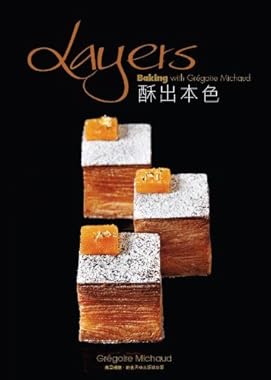I stumbled upon a really simple recipe of spaghetti with mussels by the renowned English chef Nigel Slater, and I tried his recipe for dinner tonight. It's the sort of simple but rewarding dishes that should be a staple of home cooking. The flavour of the pasta comes from the liquor from cooking the mussels, but the brilliant use of chilli and fennel feeds make the flavours really exciting. The only change I would make to the recipe is to reduce the cooking liquor before incorporating into the pasta - you don't want your pasta to swim in a broth!
Nigel Slater's spaghetti with mussels
Serves 2 as a main dish
mussels - 1kg
white wine - 1 small glass
bay leaves - 2
whole black peppercorns - 6
spaghetti - 250g
garlic - 2 cloves
a hot, ripe chilli
fennel seed - a tsp
parsley - a few sprigs
Scrub the mussels and tug off their beards. Check thoroughly for any whose shells are chipped. Pour the wine into a deep saucepan, add the bay leaves and the peppercorns and bring to the boil.
Tip the mussels into the pan and cover with a lid. Leave for 3 or 4 minutes to steam until the mussels have opened. Take them off the heat and leave until cool enough to handle.
Cook the pasta in unsalted water - the mussel liquor will add plenty of saltiness. Remove the mussels from their shells, discard the shells but save a couple for decoration. Drain the cooking liquor through a very fine sieve, and reduce it in a saucepan until reduced by two-thirds.
Chop the parsley and the garlic.
Pour a little olive oil into a shallow pan. Add the chilli, the fennel seed and the garlic, cook briefly until fragrant then add the reserved cooking liquor and the mussels and warm through.
Drain the pasta as soon as it is ready, then toss together with the mussels along with a little of the cooking liquid. Add the parsley, some olive oil, check the seasoning and serve.











